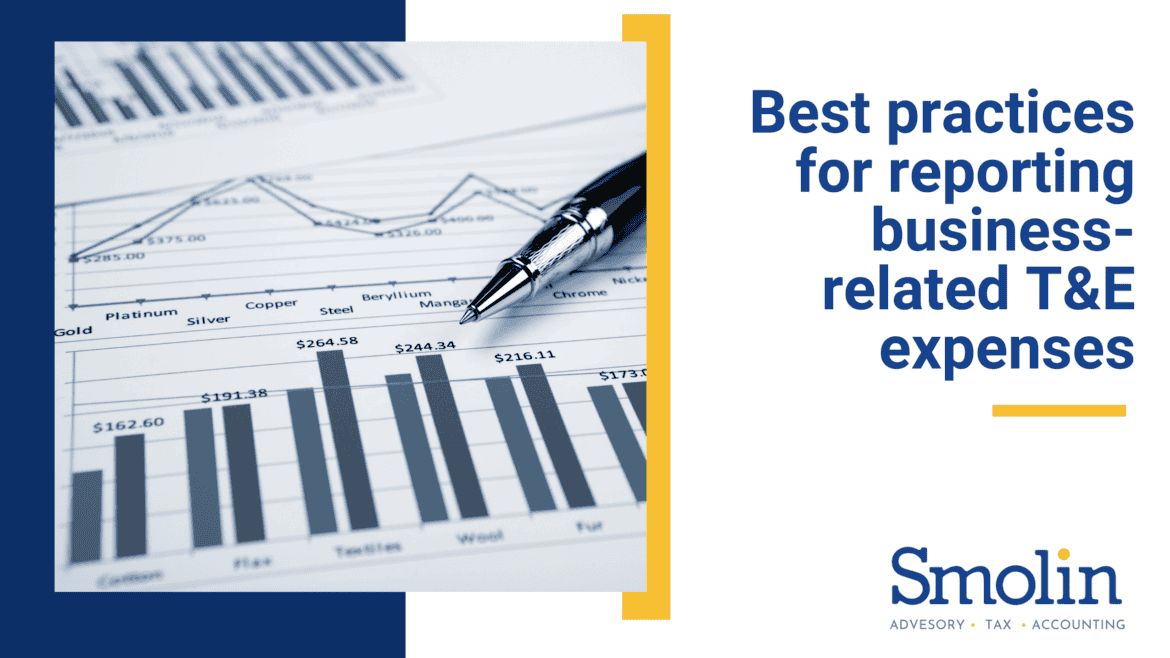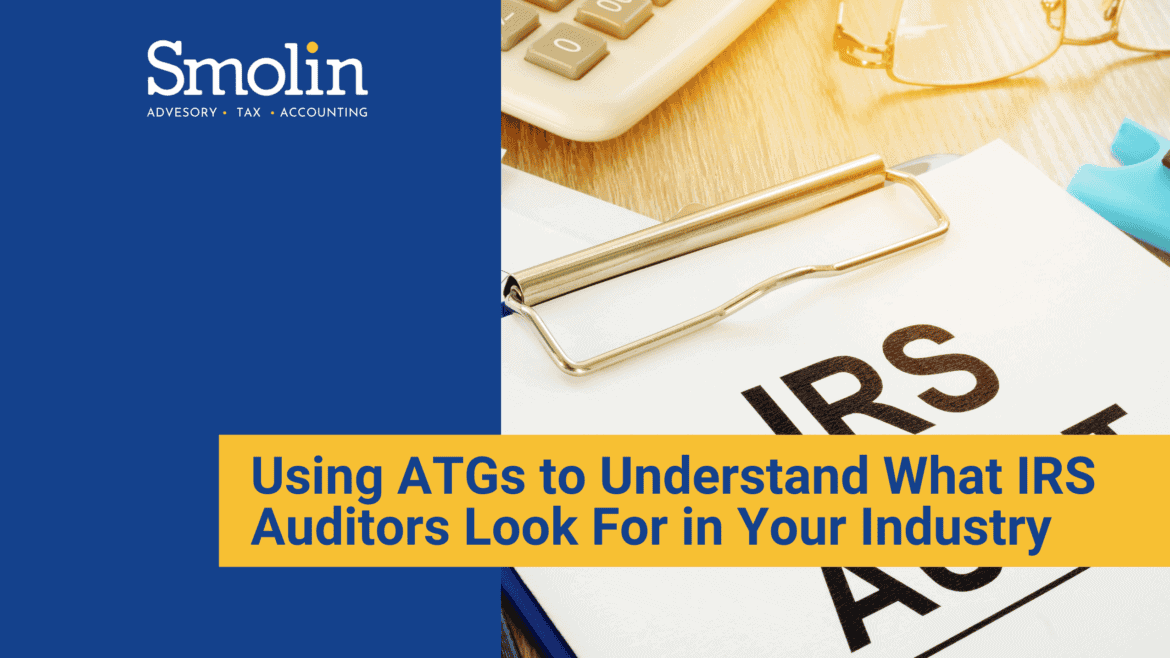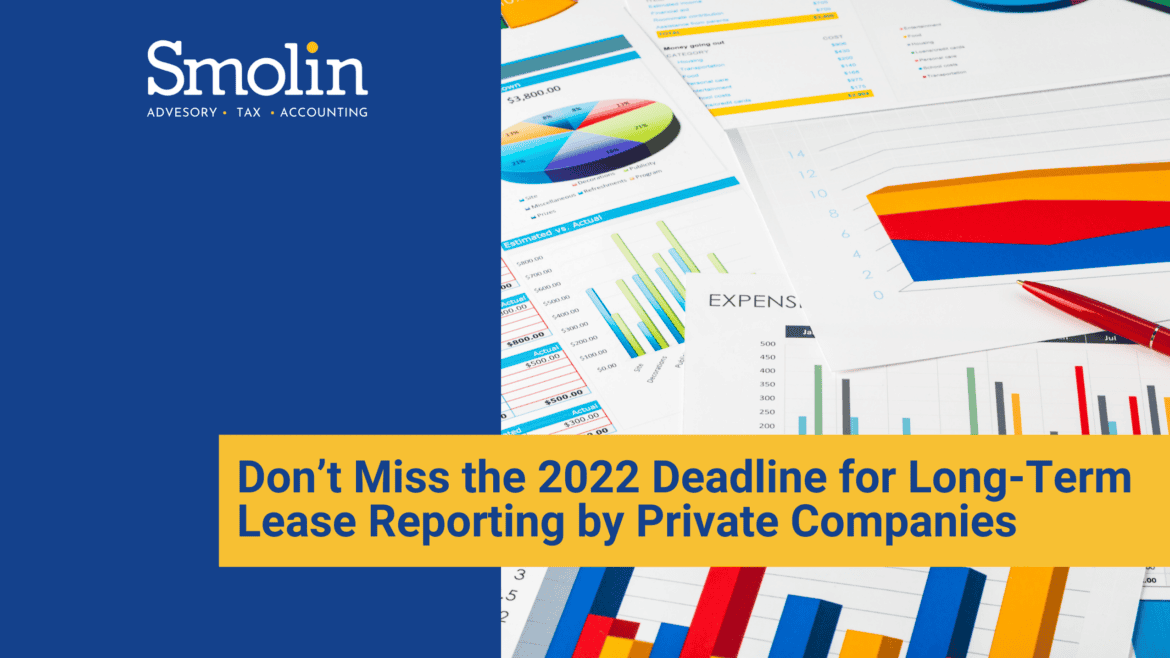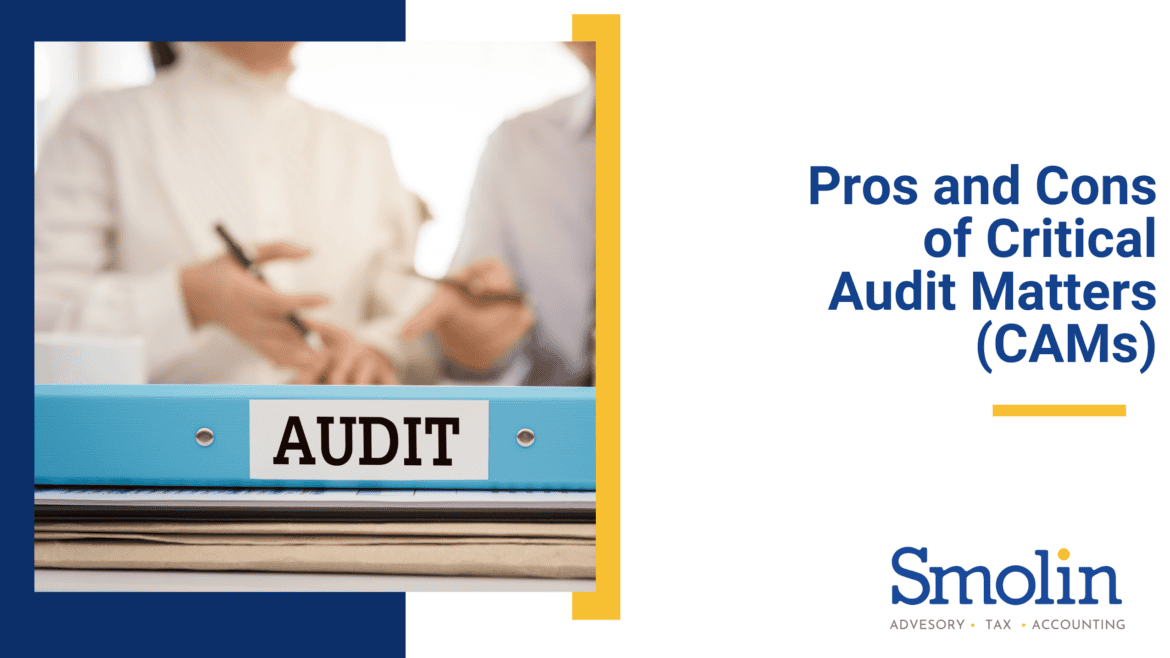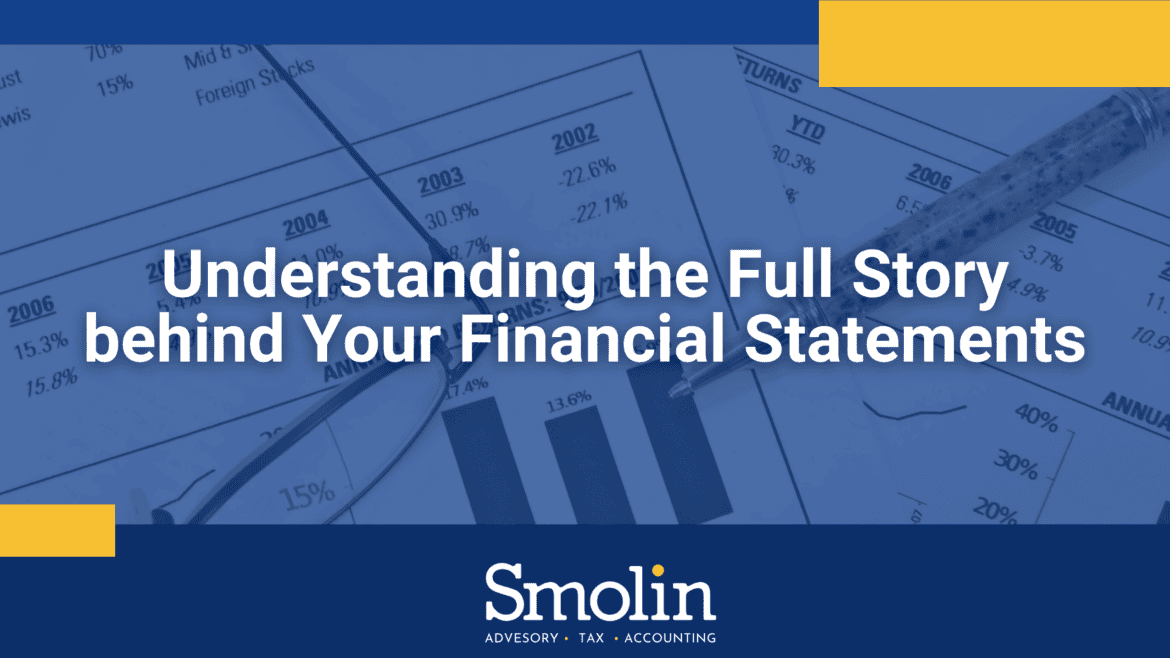
As the economy reopens, many businesses have started to resume business-related travel and entertainment (T&E) activities—but you should be aware that these expense categories can be vulnerable to incomplete recordkeeping and even fraud. To ensure that reporting is complete, detailed, and accurate, your company will want to implement formal T&E policies.
T&E expenses: reporting and reimbursements
Expense reports enable workers who travel or entertain customers to receive reimbursement for expenses they pay personally. Traditionally, salespeople, executives, and other workers who incur such expenses must submit expense reports either at the end of each trip or by the end of the month the expenses are incurred in, then have these reports approved by supervisors. As an alternative, some companies may issue corporate credit cards which employees can use to cover approved T&E expenses.
Expense reports are typically required to include the following information in order to comply with financial reporting and tax rules:
- The time and place of the expense
- The business purpose of the expense
- The amount of the expense
If the expense is for meals or entertainment, the report must also include the business relationship between the taxpayer and any person fed or entertained.
When expense reports are submitted for T&E items that are above a predetermined limit (typically $25 or $50), most companies require employees to submit copies of original receipts instead of using credit card statements.
Airfare, lodging, rental cars, auto mileage, gas and tolls, taxis and ride-sharing services, business phone calls, wi-fi access charges, tips, and meals are a few common examples of costs that might qualify for reimbursement.
Entertainment expenses including sporting event tickets, fishing excursions, and green fees are typically eligible for reimbursement if the company’s T&E policy permits it. Under U.S. Generally Accepted Accounting Principles (GAAP), these expenses are deductible for book purposes, although they aren’t deductible under current tax law.
Common issues with expense reports
Many employees dread completing expense reports—but there’s good reason to avoid the temptation to procrastinate. Submitting expense reports at the very end of the reporting period can cause significant problems, as it may be hard to locate the right receipts or recall the details of a business trip weeks or months later. You’ll want to fill out and submit expense reports quickly after a trip to help avoid errors and omissions.
It’s also not uncommon for employees to “cheat” on expense reports. A dishonest employee may overstate expenses, for example—or they may change numbers on a receipt, request multiple reimbursements, or use other methods to falsify their expense reports. Mischaracterizing expenses by using legitimate receipts for nonbusiness-related activities is one of the most common methods of this kind of fraud.
Implement the right T&E policies
It may be a good idea to review your T&E reporting practices and implement formal policies where needed. For instance, your company can take the time to remind employees what expenses are considered reimbursable, as well as how often they should submit expense reports. These policies can help you avoid misunderstandings and make it easier to punish infractions when they do occur.
Expense tracking software may also be a worthwhile investment for your company, as it can help managers spot inconsistencies in expense reporting. In addition, you’ll want to keep an eye out for managers who override T&E policies to ensure that everyone in your organization is held to the same standards.
If you’d like more information on best practices for T&E expense reporting, contact us. We can help you reduce your chances of omissions, errors, and fraud.
